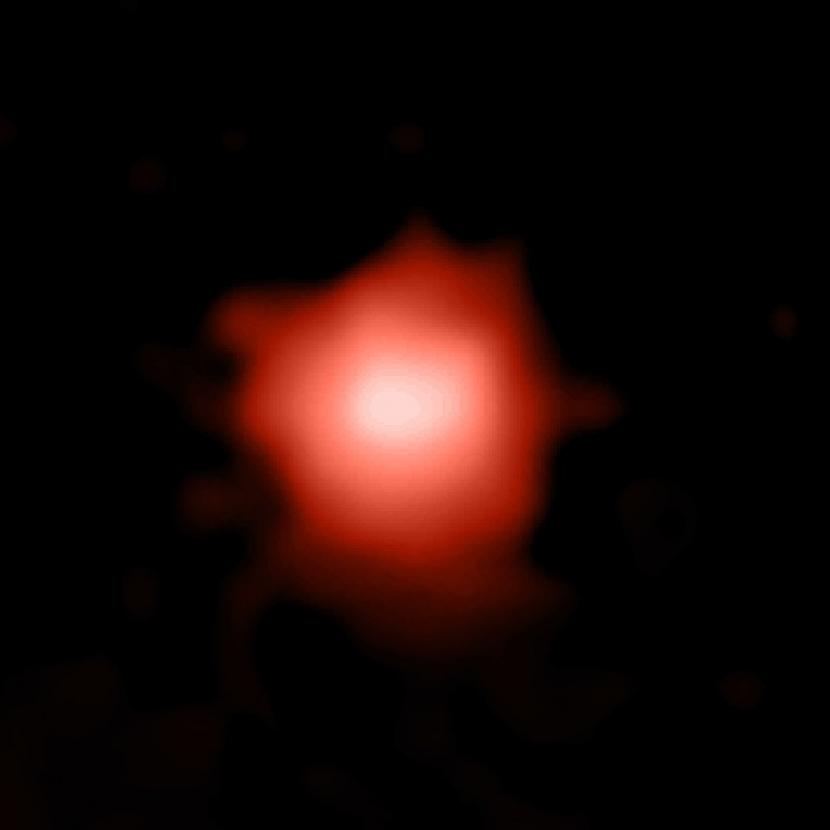Due to the expansion of the universe, the distance of the farthest galaxy is predicted to be 33 billion years.
REPUBLIKA.CO.ID, JAKARTA—The James Webb Space Telescope (JWST) has shocked the world with the deepest space image ever taken in the infrared spectrum. Now, the telescope is again making a proud achievement, namely a potential discovery farthest galaxy ever observed.
Reported from Digital Trends, Sunday (24/7/2022), preliminary data came from a survey called the Grism Lens-Amplified Survey from Space, or GLASS using the NIRCam Webb camera and NIRISS and NIRSpec spectrographs to observe a galaxy cluster called Abell 2744. The aim of this survey is to see back in the very early period after the Big Bang called the Epoch of Reionization, when the first starlight shone on the universe.
It’s possible to see very distant galaxies because Abell 2644’s mass is so great that it bends spacetime, acting as a magnifying glass for the faint galaxy behind it.
In the first data set from the GLASS survey, researchers have identified two galaxies that have redshifts, meaning that their light is shifted far into the infrared range indicating that they are very far away. The results show that we can see two galaxies as they did 13.4 billion years ago.
“We could potentially see the light of the most distant star anyone has ever seen,” lead author Rohan Naidu told AFP.
These results were collected with the NIRCam instrument, so they still need to be confirmed by further readings such as spectroscopic results from NIRSpec. This paper has also not been peer reviewed, so the results should be considered speculative at this point until further confirmation is released. But the work does provide an interesting picture of the kinds of results that might be achieved with James Webb.
The older galaxy, called GLASS-z13, may have originated in one of the earliest stages of the universe, within 300 million years after the Big Bang. If the results were confirmed, it would make it the most distant galaxy ever observed.
“Light from GLASS-z13 took 13.4 billion years to reach us, but the distance between us is now 33 billion light years due to the expansion of the universe!” physicist James O’Donoghue explained on Twitter. This research is available for viewing in the preprint archive arXiv.

